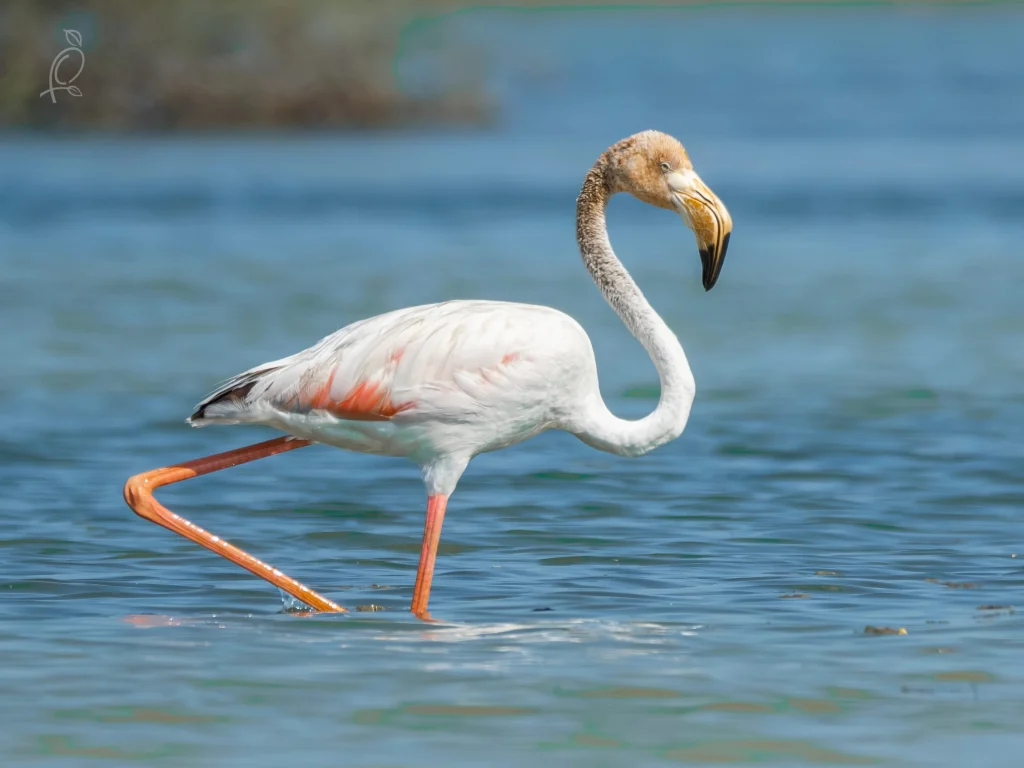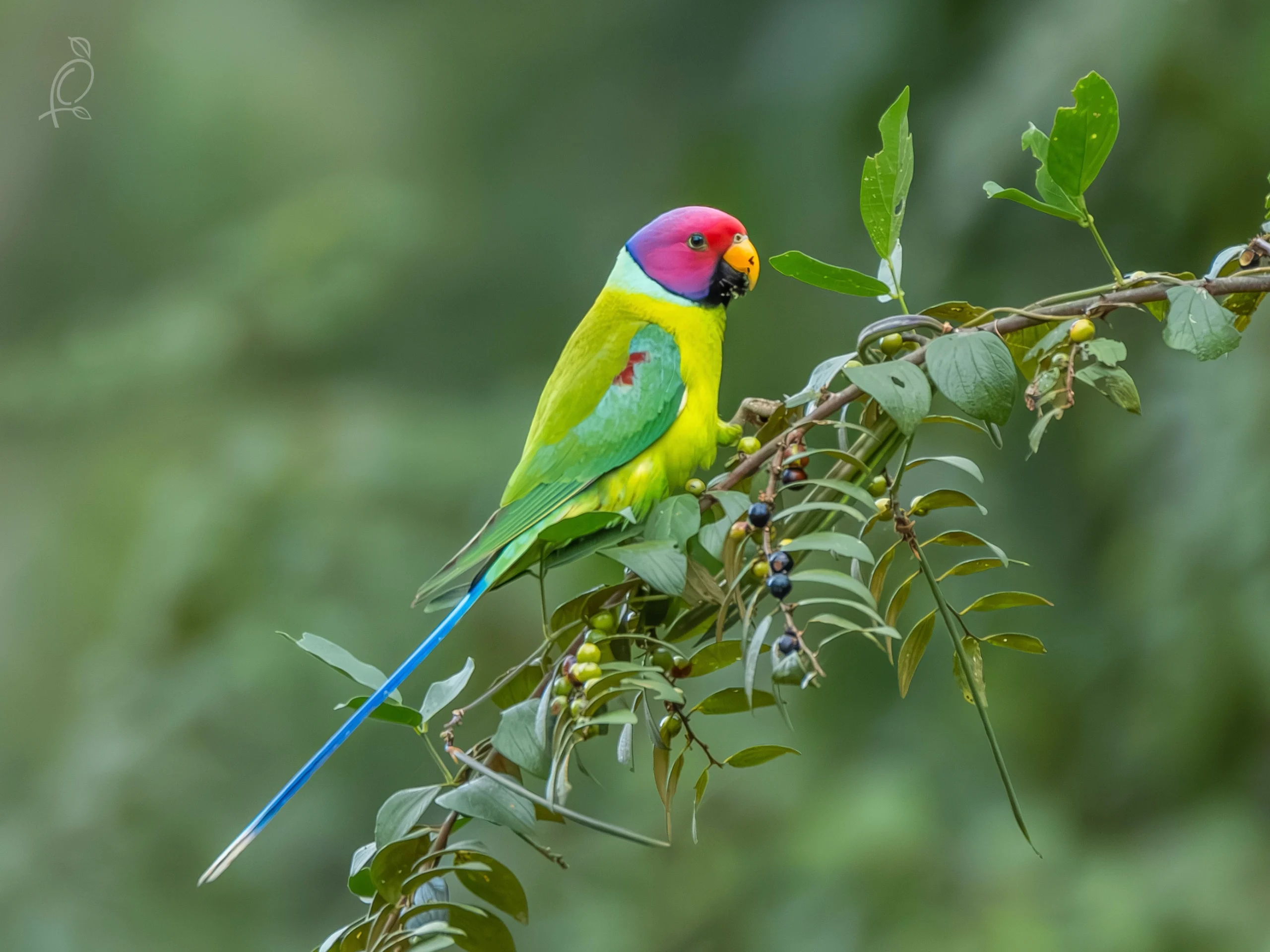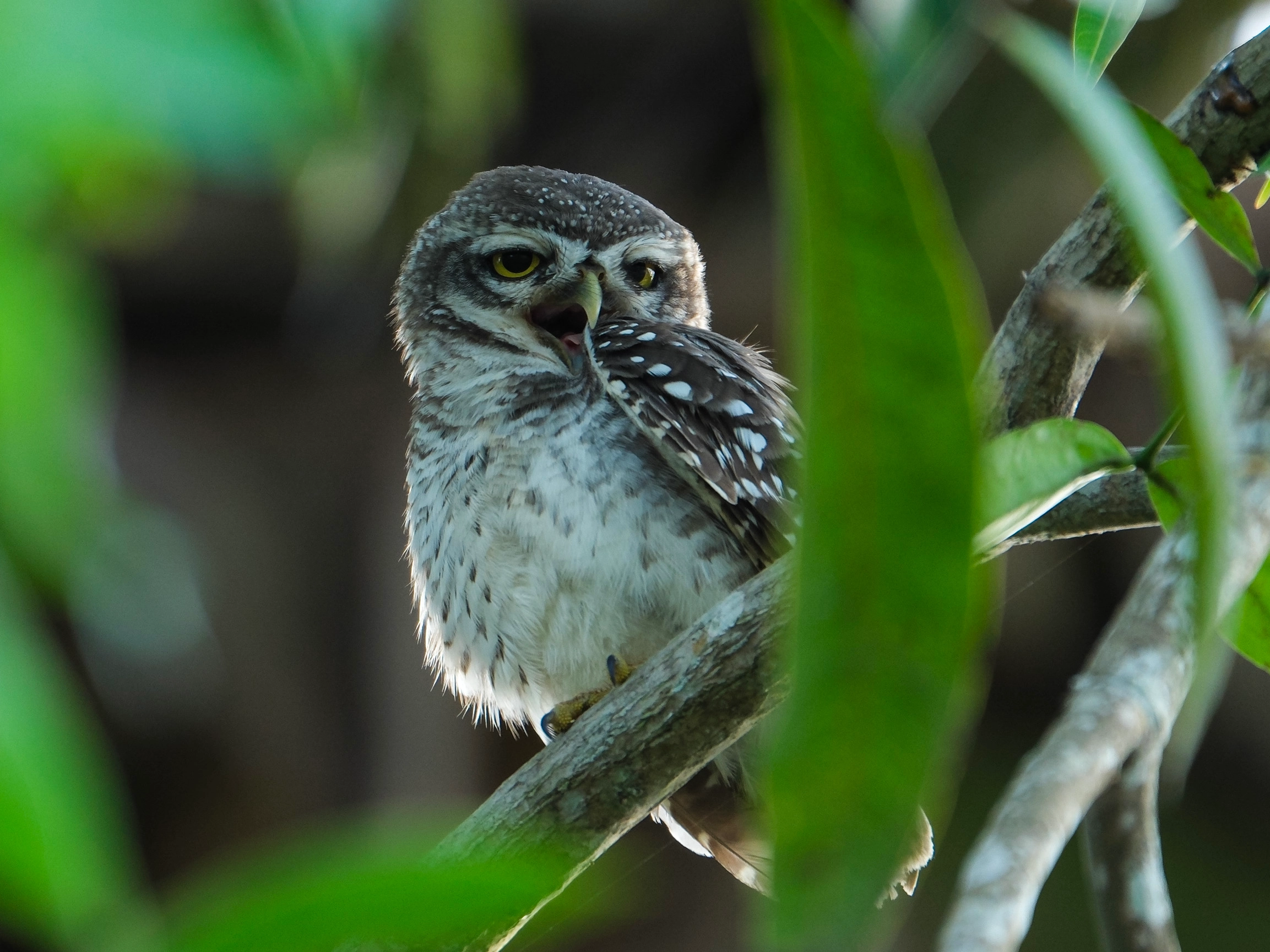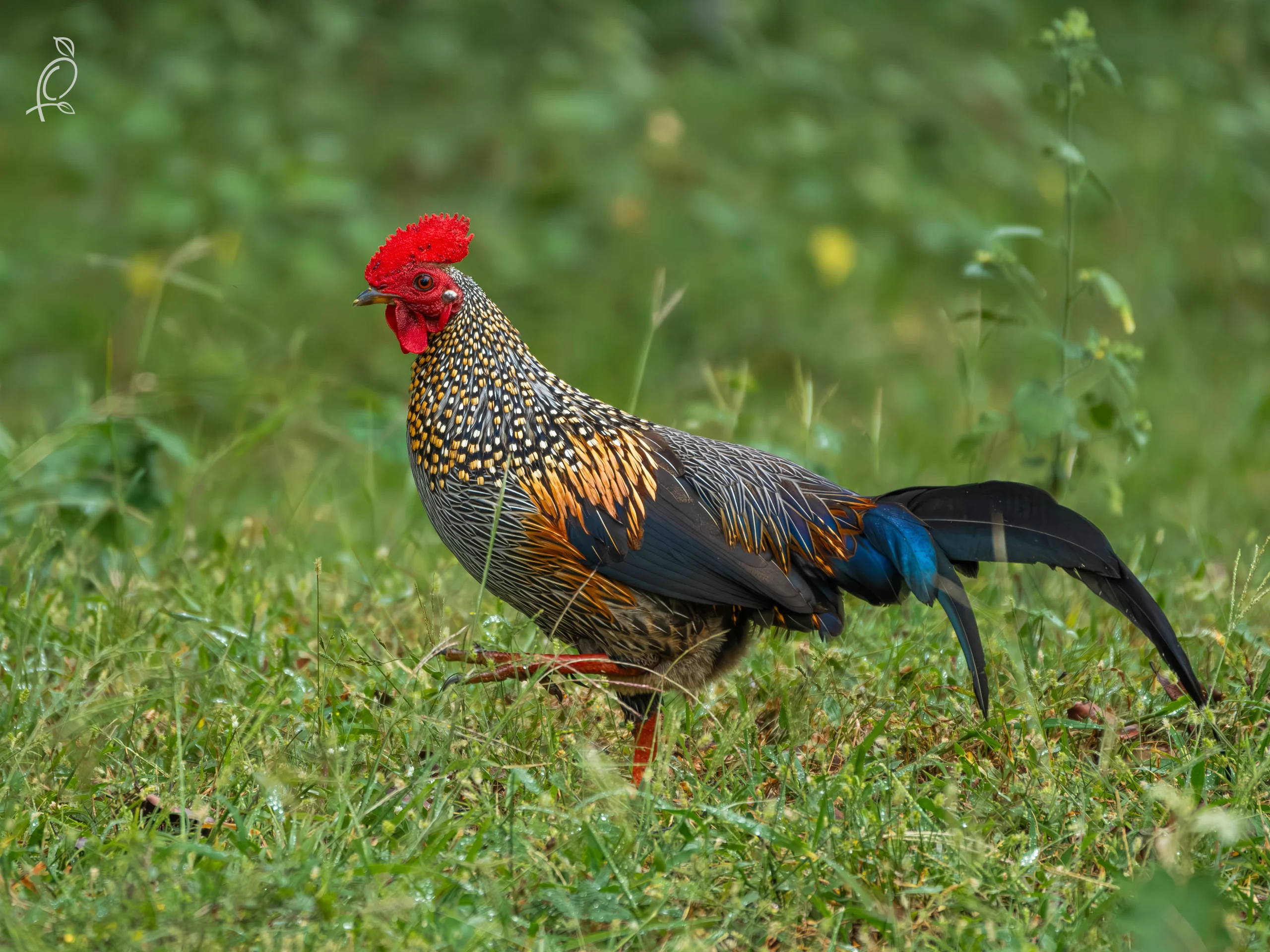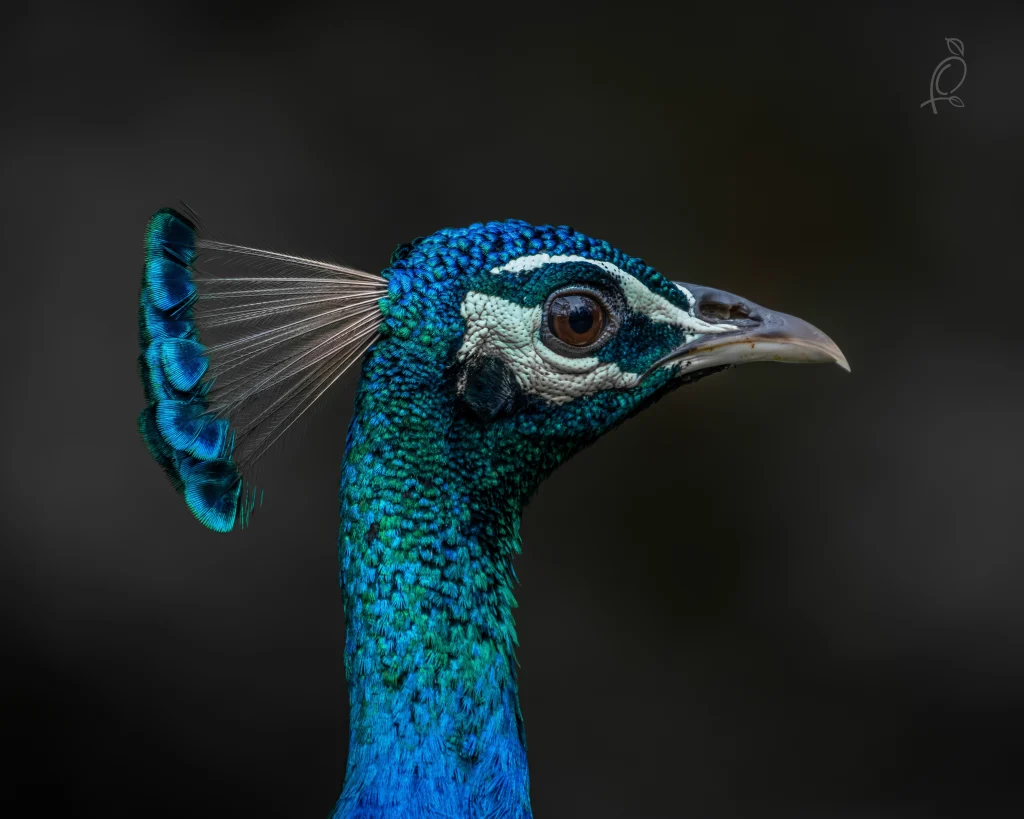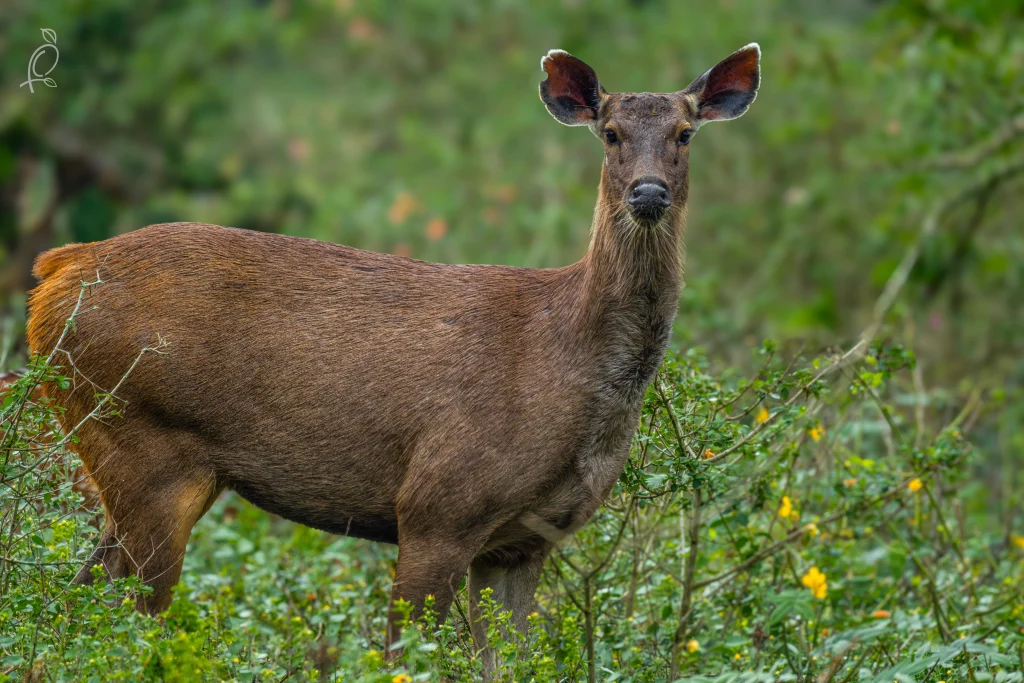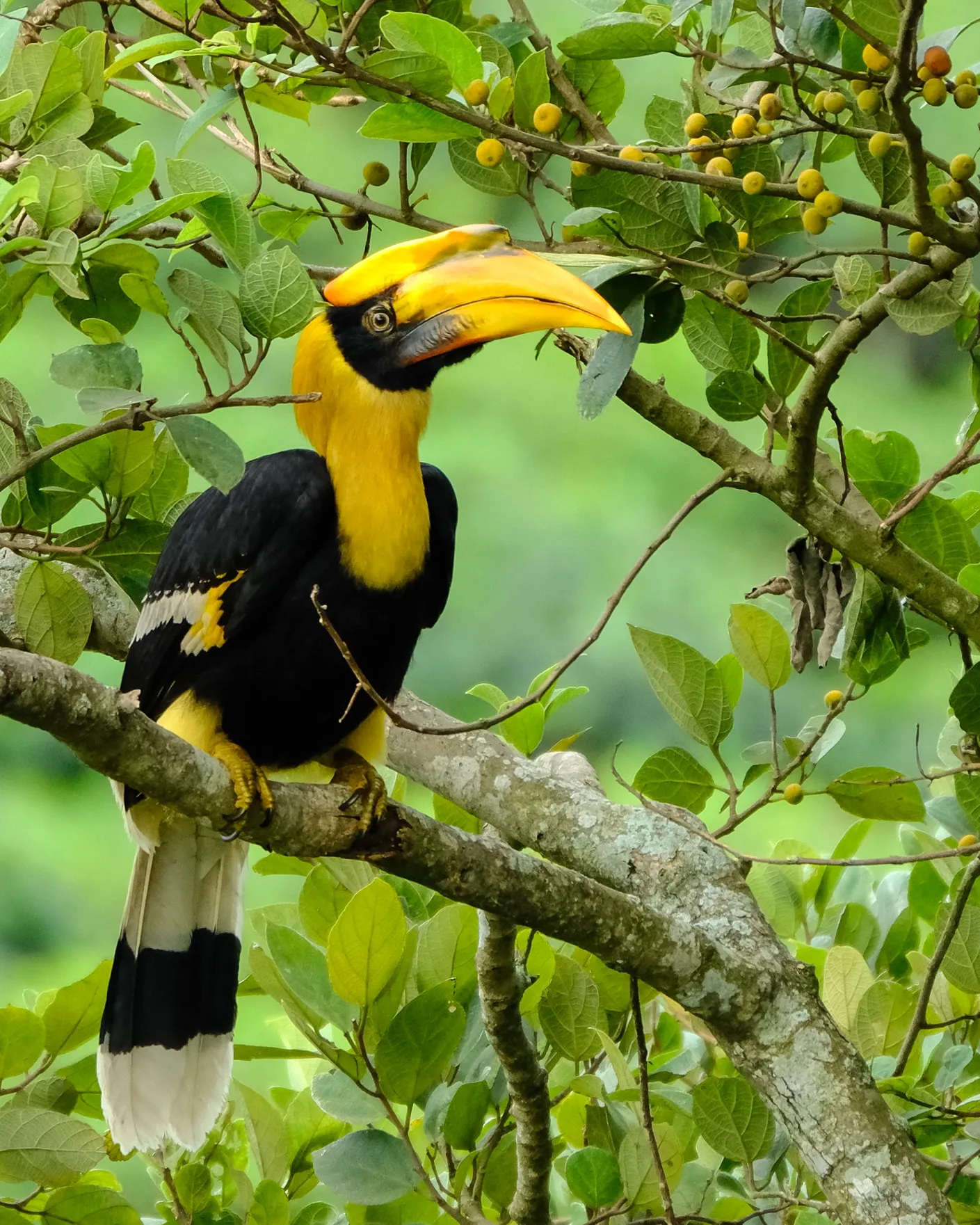I traveled to Pulicat Lake in Chennai to see Greater Flamingos. For Malayalis, Greater Flamingos are known as Valiya Poonara and Nirnara, or sometimes as big swans due to their size. They migrate in flocks of over 100 and can fly more than 600 kilometers in one night. Their habitats include saline wetlands and swamps.
Watching them move through the mud and soil with their long legs is a sight to behold. Unlike other birds, they can move the upper part of their beaks. They live for about sixty years, reaching adulthood at six. Flamingos are also known for laying eggs and producing a milk-like substance to feed their young.
We traveled to Chennai by car, covering the 726 km journey from Kottayam to Pulicat in fourteen and a half hours. The excitement made the long journey seem insignificant. We reached Chennai around 4 am and, after a short break, continued to Pulicat Lake, 60 km away. Pulicat is a small fishing village on the Tamil Nadu-Andhra Pradesh border. The lake is the second-largest saltwater lake in India, spanning both states.
We arrived at Pulicat at 6:30 am. A pre-arranged boat ride around the lake costs Rs 2500 for three hours, including a 90-minute round trip and an additional 90 minutes for photography. The shore resembled a seashore, with boats swaying and small mussels scattered on the sand, creating a fishy atmosphere. We boarded a motorized fishing boat with our guide, who had a pair of binoculars. At 7:30, we started moving slowly across the blue water.
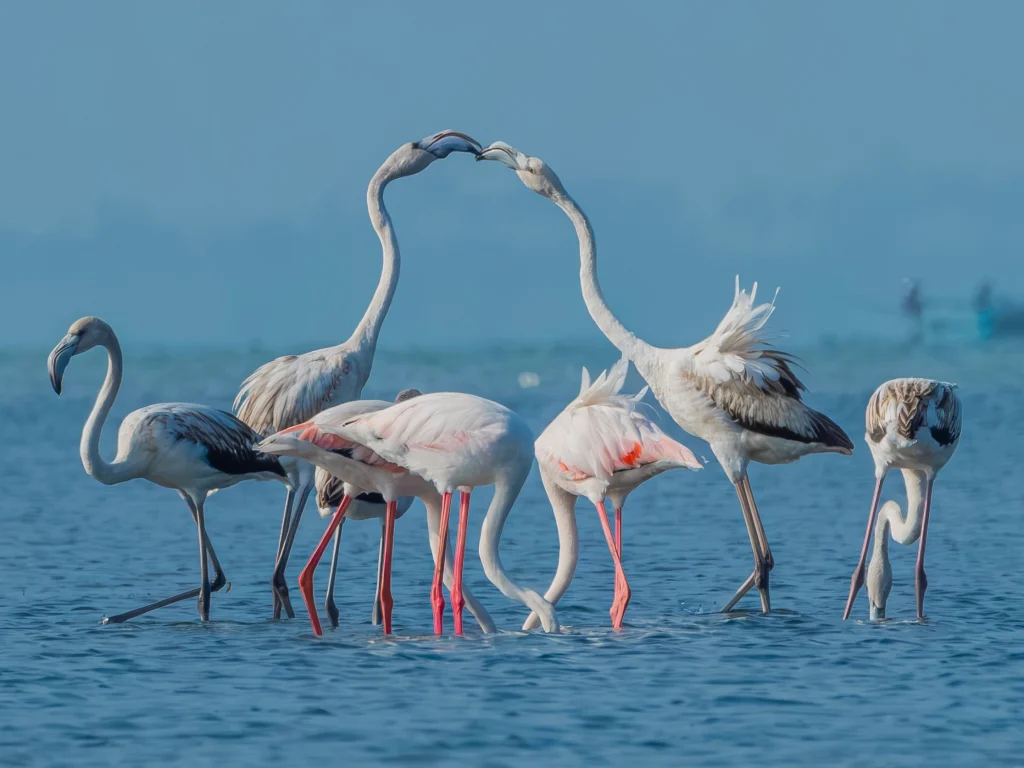
We saw small green spots and various fishing boats. Pelicans, seagulls, black-winged stilts, gray herons, painted storks, and Eurasian curlews circled overhead during the journey.
After 45 minutes, I began to wonder where the flamingos were. The lake seemed endless. We crossed from Tamil Nadu into Andhra Pradesh, near Nellore village. The guide pointed to the right side of the lake through the binoculars. In the distance, we finally saw the flamingos.
The boat stopped at a mossy, muddy bank. Before us appeared the Greater Flamingos, their pearly white feathers dotted with pink. They seemed to walk on water. For the next hour, I was captivated, taking photos of flamingos forming heart shapes and sharing tender moments.
Flamingos have long legs and necks, pinkish-white feathers, and completely pink legs. Their beaks curve downward, dark pink tipped with black. The group included immature flamingos, which are gray with pale blue beaks. They flapped their wings and flew over the water.
Time flew by, and as the sun grew hotter, we reluctantly said goodbye to the flamingos. On the way back, I couldn’t stop looking at the photos I had taken, reliving the experience over and over.
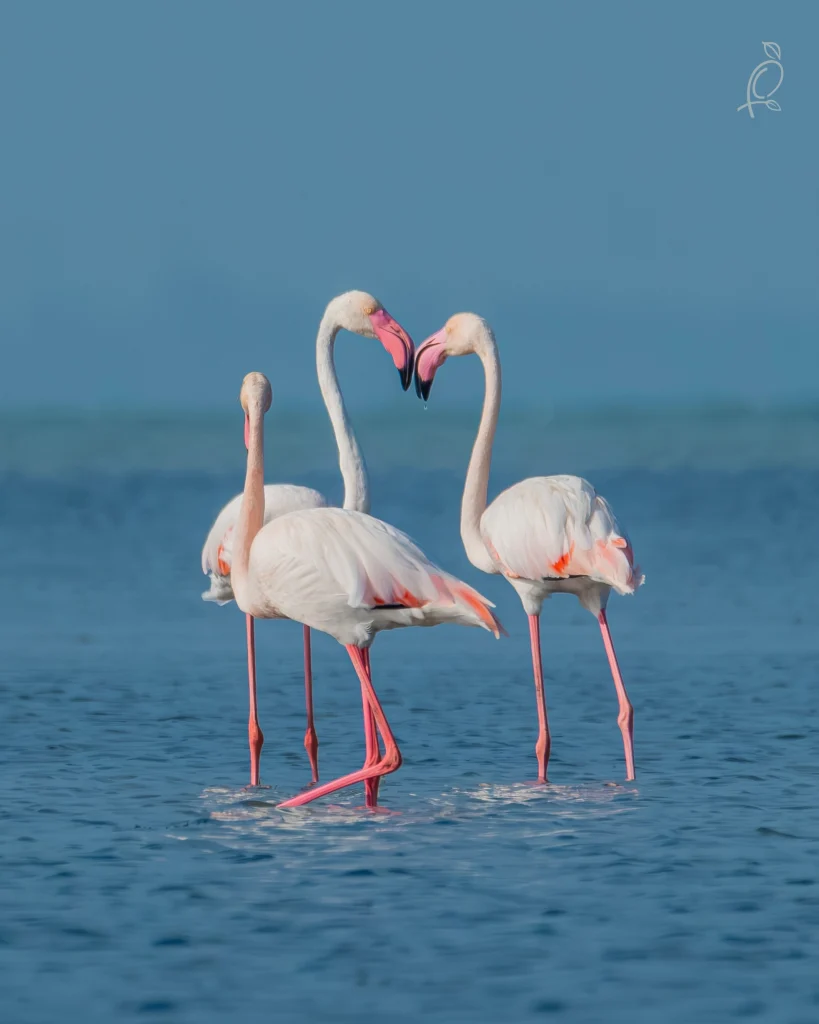

A Trip to Parambikulam in Search of a Tiger | Wildlife Photography in Kerala
Our journey to Parambikulam Tiger Reserve was in search of the elusive tiger. Parambikulam, 12 km from Topslip and part of the Anamalai Tiger Reserve, is home to around forty tigers. The journey from Topslip to Parambikulam was beautiful, with changing weather and lush forest views.
At the entrance of the Parambikulam Tiger Reserve, decorated with tiger statues, we obtained our passes and continued to Anappadi IB, about three kilometers away. The forest teemed with deer and peacocks, adding to the excitement.
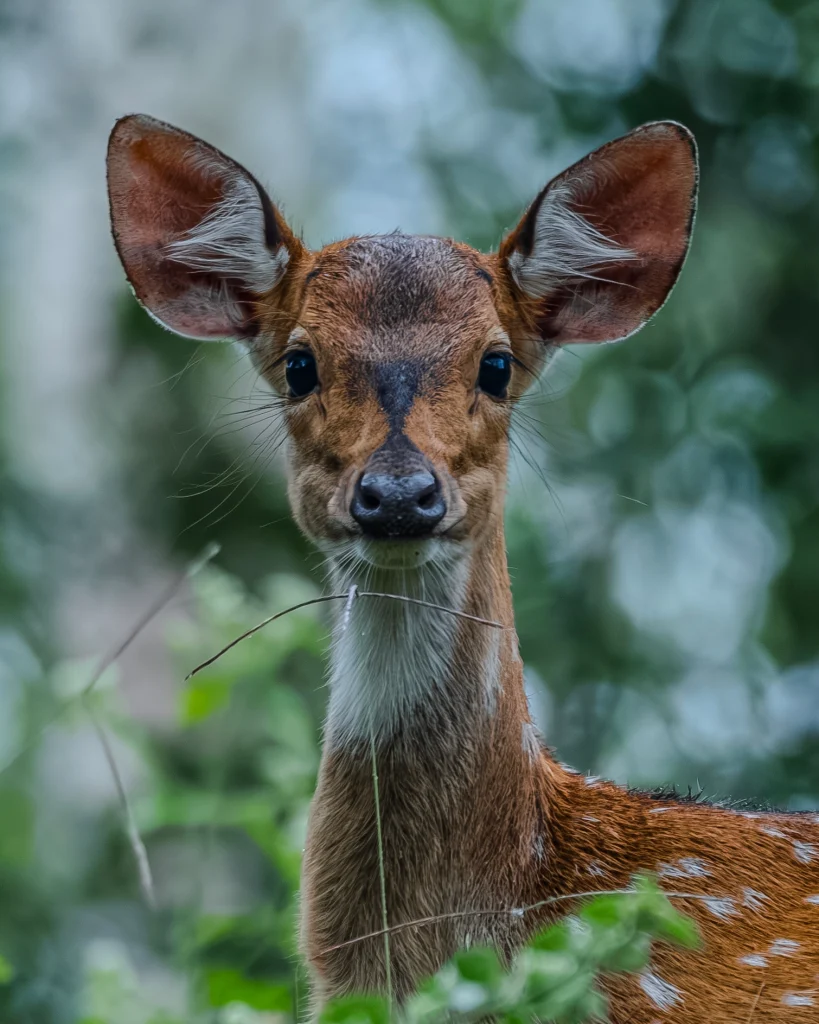

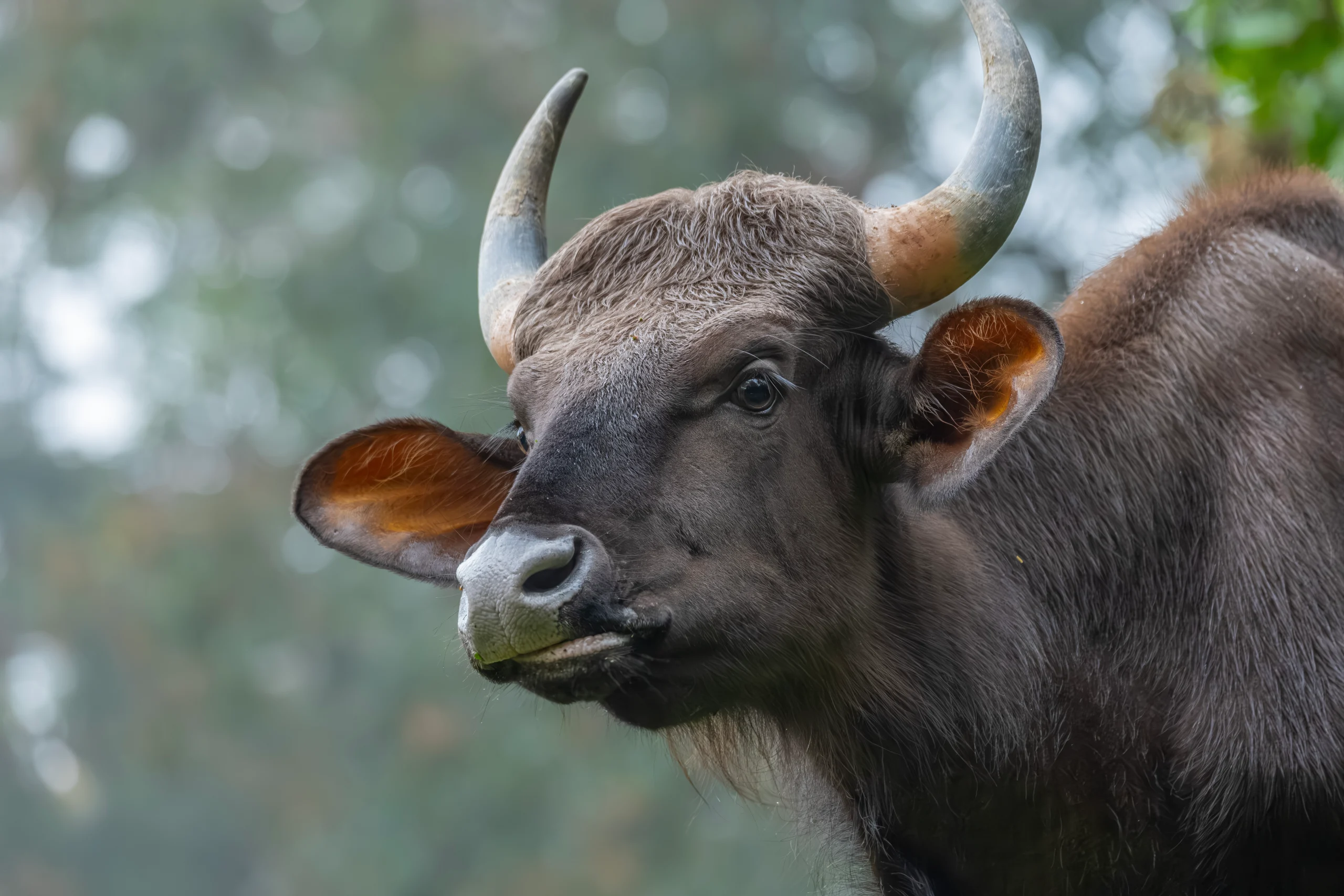
Parambikulam is the largest tiger sanctuary in South India, spread over 285 square kilometers. It’s home to diverse wildlife, including elephants, leopards, and over 260 bird species. The forest department organizes a 30 km safari from Anappadi IB to Parambikulam, guided by experienced personnel like Shivakumar, who joined us with his wealth of knowledge.
Shivakumar regaled us with tales of tigers and leopards, emphasizing the significance of deer alarm calls. He mentioned a recent tiger sighting after wild buffaloes died in a tunnel. We hoped for similar luck.
Our first day involved a road safari and a visit to the ancient Kannimara teak tree, which is part of local tribal legends. Despite our efforts, we saw no tigers, but the forest’s beauty and the wildlife we encountered kept our spirits high.
The next day, an early morning safari brought us close to a potential sighting. We heard deer alarm calls and a tiger’s growl. Holding our breath, we waited for the tiger to cross the road. Unfortunately, a vehicle scared it away.
Rain thwarted our plans for pug mark trekking. Disappointed, we left Parambikulam, but with hope rekindled by Shivakumar’s assurance of better chances in March-April, when animals come out to drink water. With hope driving our hearts, we said goodbye, promising to return.
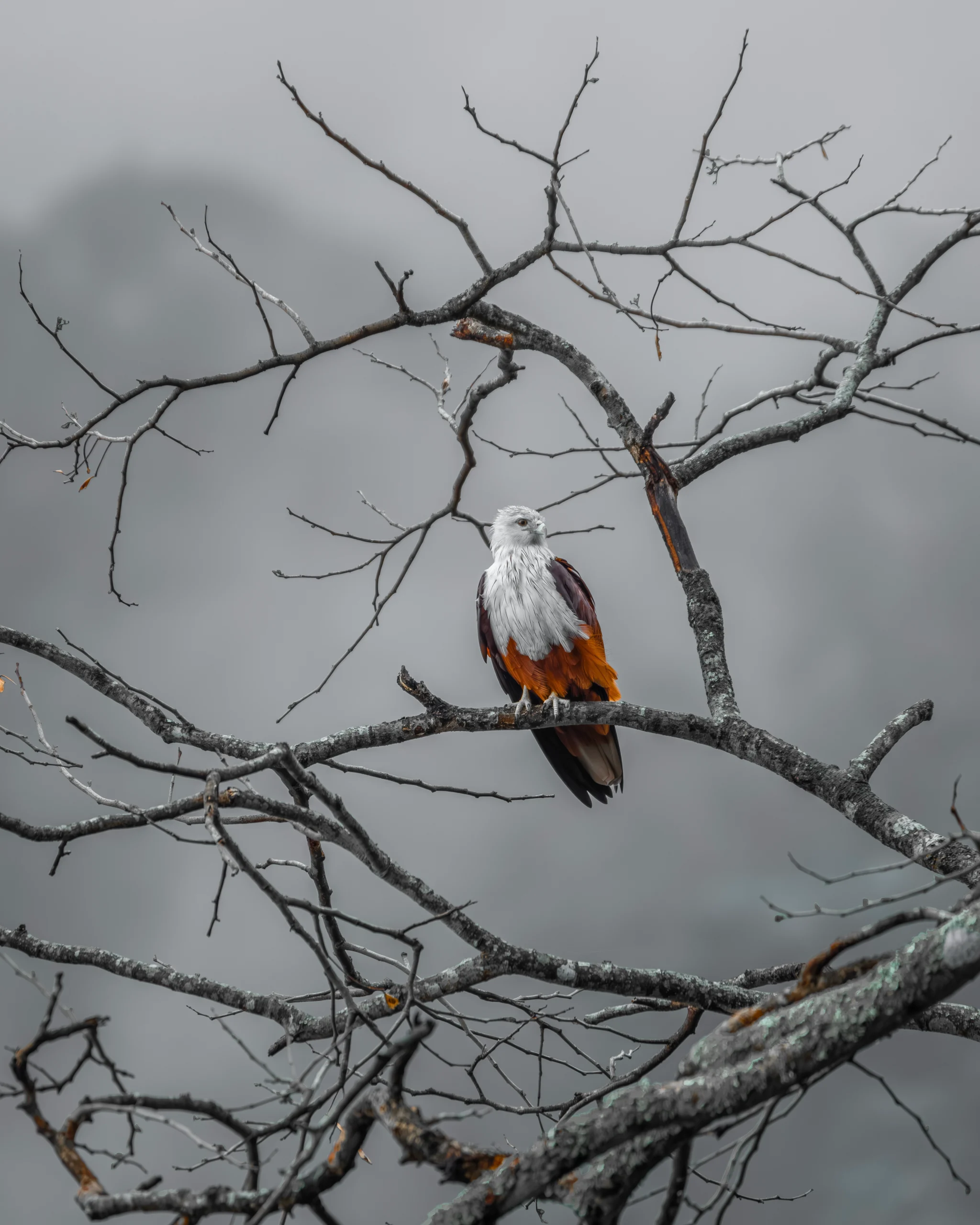

The Great Hornbill is the state bird of Kerala and Arunachal Pradesh. The name Malamuzhaki was given to it because of the sound echoing in the mountains and the strong flapping of the helicopter’s wings. The endangered Malamuzhaki Vezhambal is found in the Nelliampathi, Athirapilli-Vazhachal, and Chenthurini forests in Kerala. The lifespan of this bird is about 50 years. Its common foods are fruits, worms, insects, and some types of leaves. They prey on small mammals, snakes, birds, and lizards for their young.
When female hornbills lay their eggs in nests in tree trunks, after entering the nest, she cover the rest of the nest with tree bark, mud, and excrement, leaving only the beaks exposed. The female bird sheds its feathers and prepares a nest for the young. Two or three eggs are laid. The eggs remain closed until they hatch. At that time, the male hornbill takes the female hornbill for food.
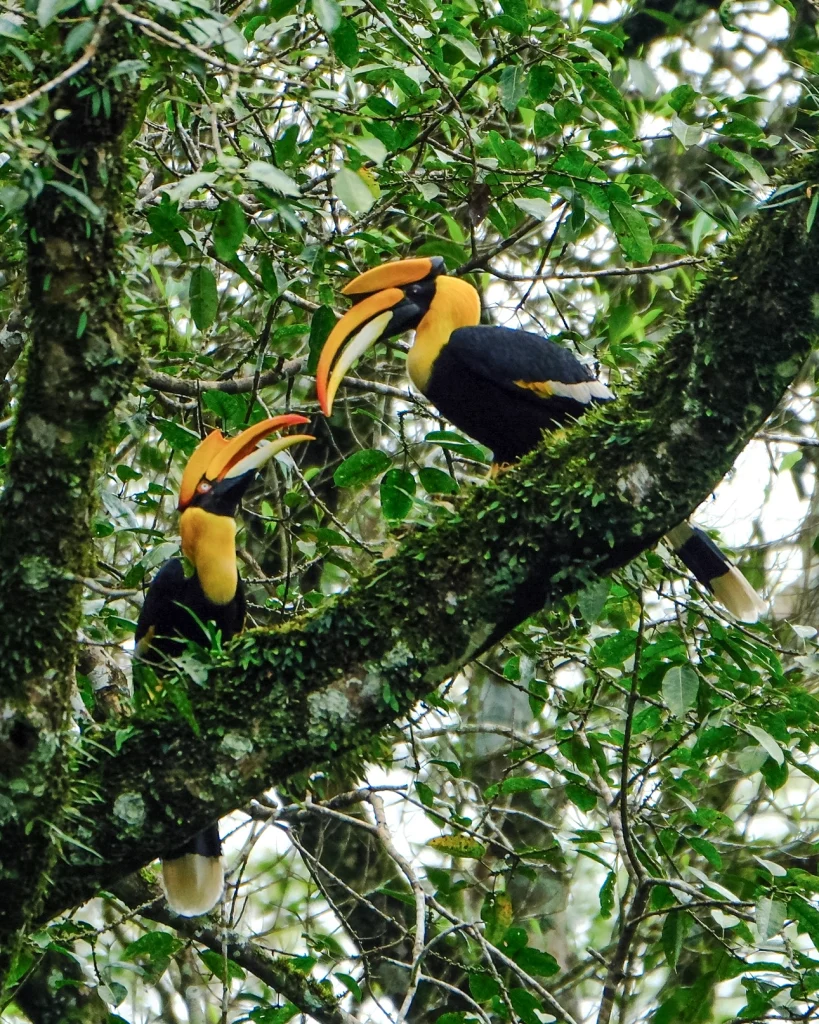
The eggs hatch in 38-40 days, and the young emerge. Two weeks after hatching, the closed part of the nest is broken, and the female hornbill emerges. The chicks will make the nest hole smaller. Later, the male and female birds feed the young. Hornbills generally live in groups with fewer than 20 hornbills in a herd. Only one spouse is accepted. A single nest can be used for many years. Pictures of Malamuzhaki Vezhambal taken from Nelliampathi.
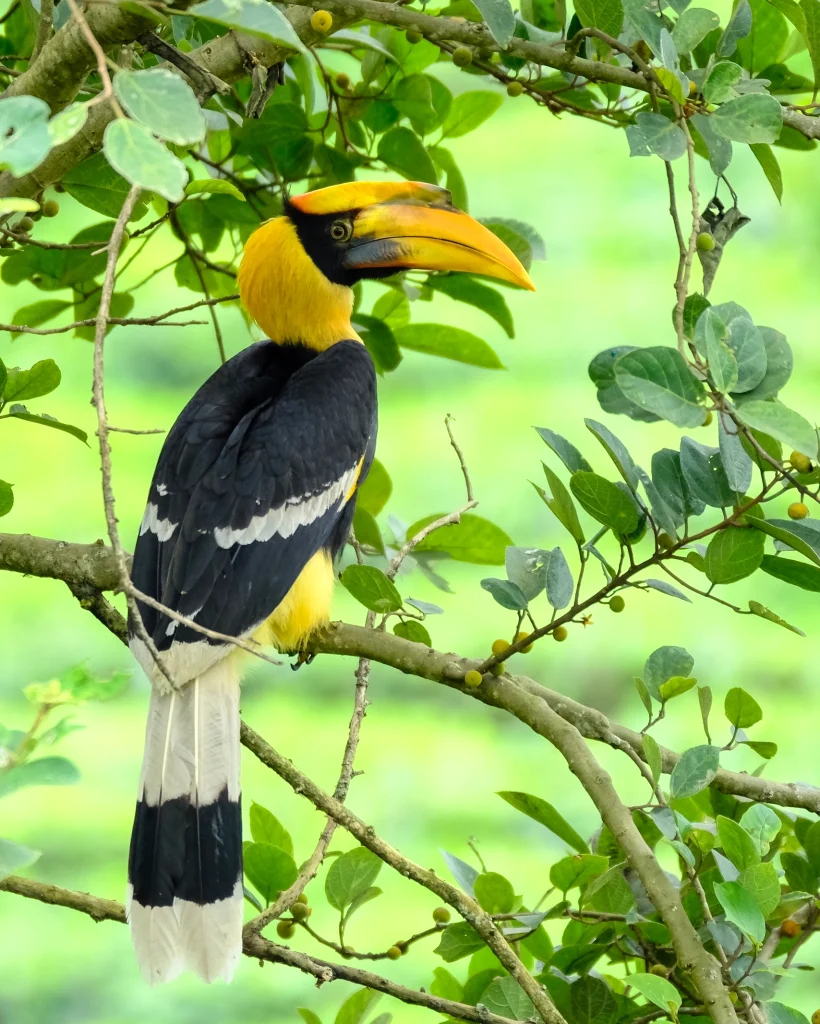
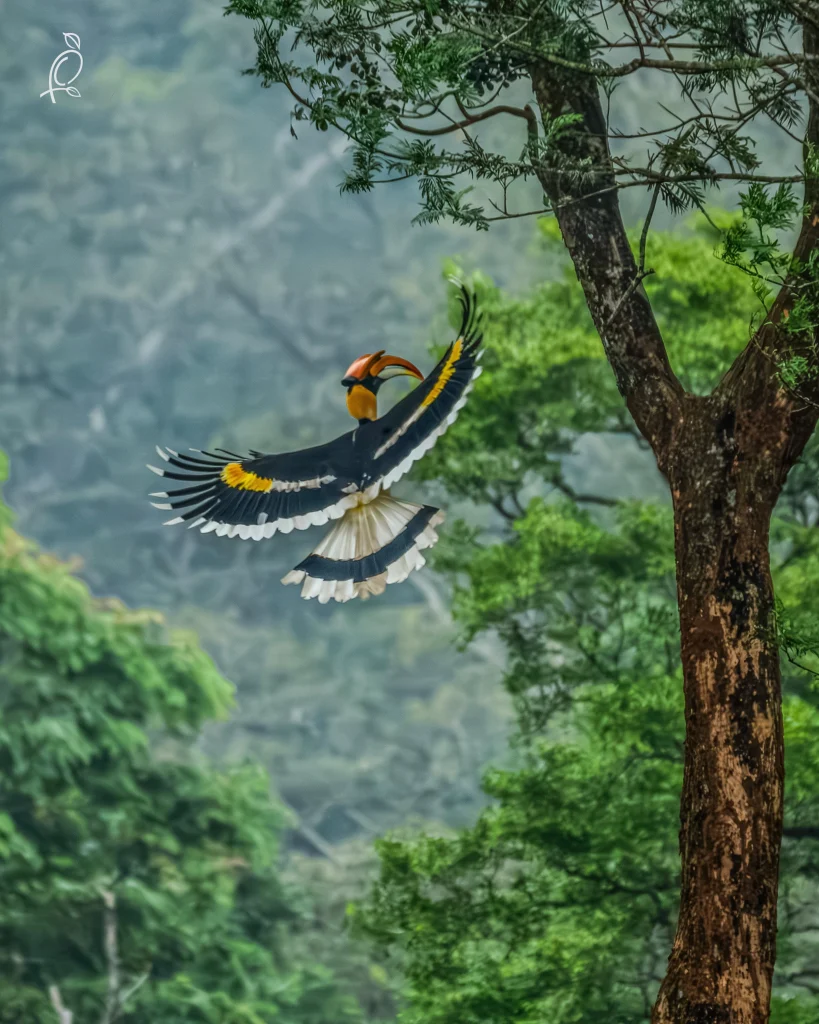
© Painlessclicks by Priyadharsini Priya. All Rights Reserved.
